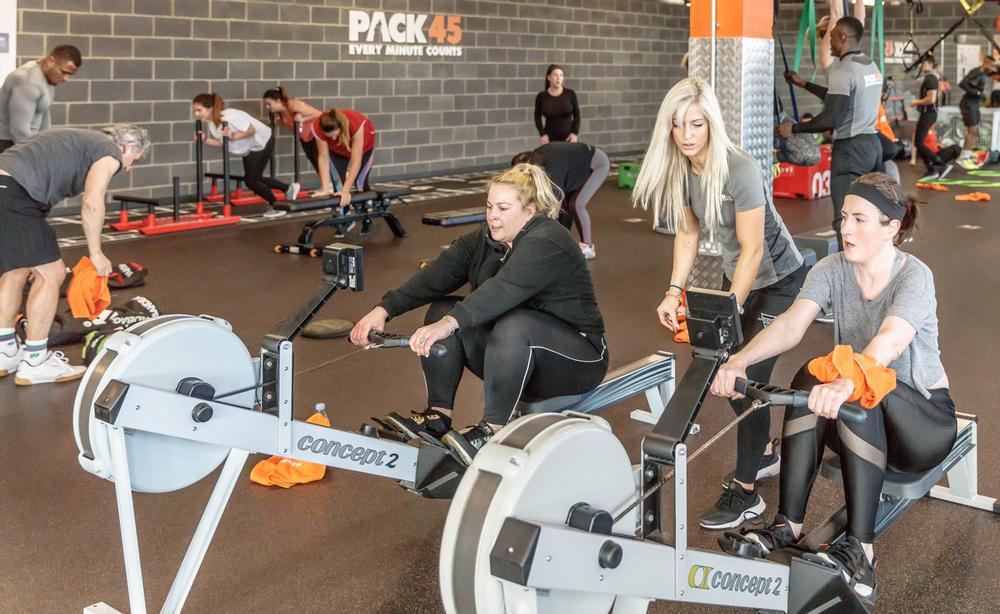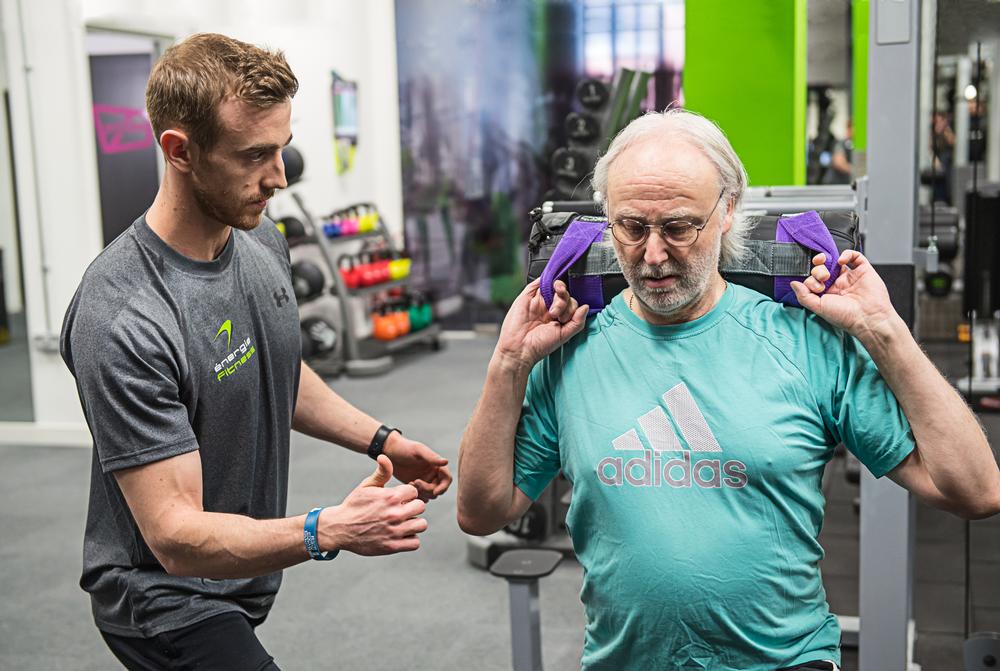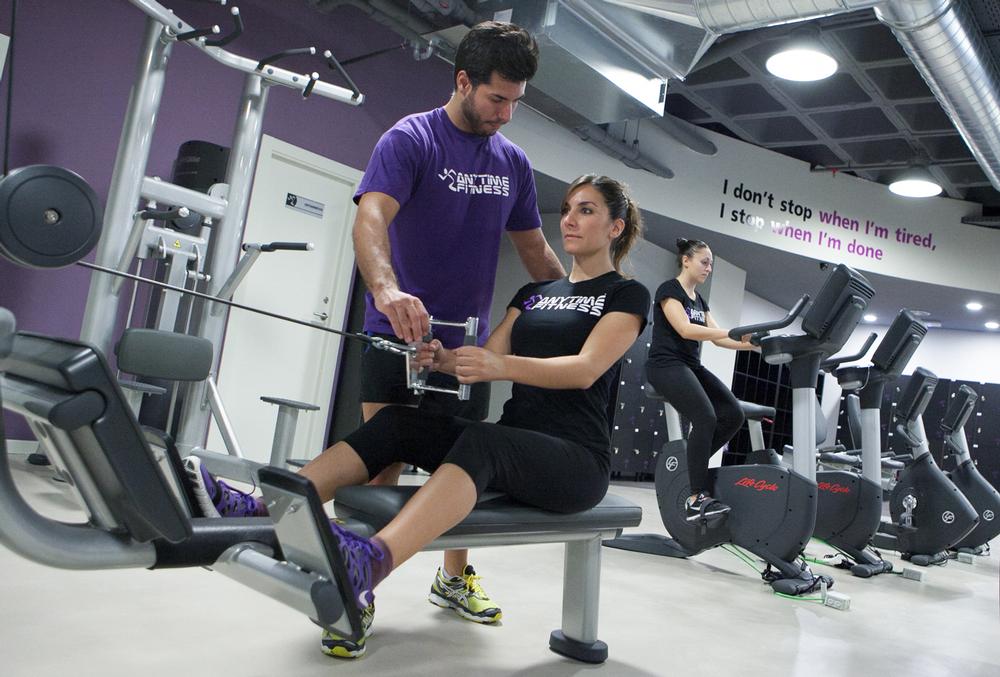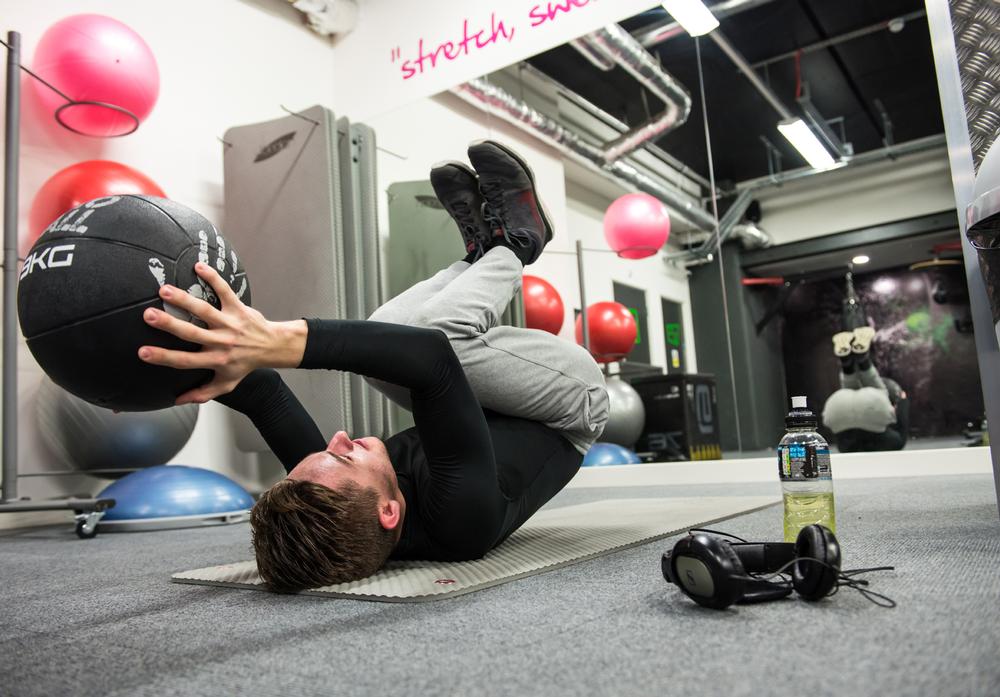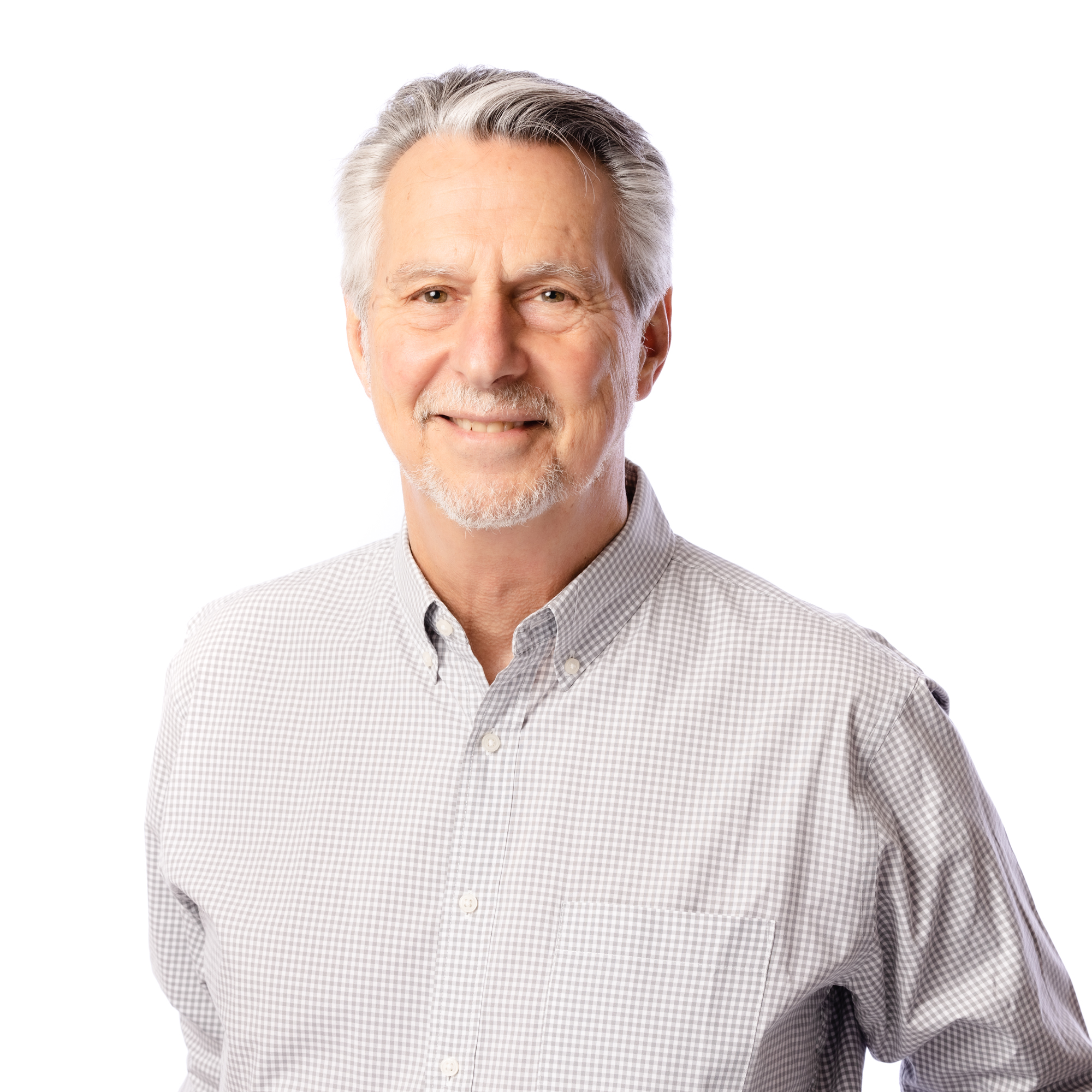Although the UK has a long tradition of franchised businesses, dating back to the 1950s with companies like restaurant chain Wimpy, the fitness industry has been somewhat slow to join in. It wasn’t until 2003 and the arrival of énergie that the first fitness franchise operator entered the field.
“When we launched in 2003, we were the market makers,” says Jan Spaticchia, énergie co-founder and CEO. “The closest we had to a franchised fitness business on the market at the time were the Rosemary Conley Diet and Fitness Clubs.”
In the 15 years since, however, the fitness industry has more than caught up. The sector is now teeming with franchised brands – ranging in size from niche operators with a handful of sites to Anytime Fitness with its 140 clubs across the UK and Ireland.
GROWING BUSINESSES
The pace of growth has been particularly rapid over the past five years, with a number of budget and mid-market operators entering the market with ambitious franchising plans. easyGym, which currently owns 16 clubs, recently revealed its plans to sell 500 franchise licences globally by 2022, while mid-market Snap Fitness is in the fourth year of its expansion push, aiming to realise 250 clubs.
As well as large operators, the business model of franchising has attracted smaller, independently owned chains. These include Fitness Space, launched by former Olympian Tim Benjamin, which has expanded to 22 sites in five years, and family owned truGym, which currently offers franchises under two brands: its budget truGym clubs and its boutique HIIT concept, truIntensity.
The franchise sector has also attracted a number of overseas boutique operators keen to take advantage of the UK’s growing appetite for personalised and more intimate fitness experiences. One of these is Australia-based operator F45, which offers its members high-intensity circuit training classes in studios which are just 200-250sq m (2,150-2,690sq ft) in size.
“There are huge growth opportunities in the UK due to the health and fitness boom right now,” says Rob Deutsch, founder of F45. “There is also a huge, emerging demand for functional training. It’s a concept that many people are making a priority in their life.”
Another boutique newcomer to the UK market is US-based Orangetheory. Successful on homegrown soil, where it’s mushroomed from a single site back in 2010 to more than 900 studios, its concept is based on hour-long, group HIIT sessions accommodating up to 24 people.
Following a slow start in the UK – Orangetheory initially signed a partnership deal with David Lloyd Leisure in 2013 but has so far opened just three sites – the brand is now looking to accelerate its growth using franchisees. Orangetheory has now signed two master deals for a total of 110 franchised sites spread throughout England.
According to Orangetheory’s vice president of international development, Dan Adelstein, the company sees the UK as a priority market. “We are putting a big focus on the UK,” Adelstein says.
“I’ve spent a lot of time here and I definitely see the need for boutique fitness. We just need to do a good job in growing our studios – as we are with those we already have open – so it’s now a case of getting the next set of leases done.”
It isn’t just the newcomers to the market that are planning big. Established operators are also looking to ramp up their growth plans. Anytime Fitness is the UK’s largest fitness franchise operator – when measured by number of clubs – and the group is keen to keep its status. The group already has a particularly strong presence in London, but is now ready to venture outside the capital.
“There is potential across the UK, but we’d like to make greater inroads north of London and beyond,” says Stuart Broster, Anytime Fitness UK’s CEO.
Broster was appointed to the role in August 2017 and tasked with making Anytime the largest health club provider in the country, reaching 400 clubs by 2020.
“The majority of our clubs are currently in London and the south, but there are a lot of opportunities for our offering to thrive beyond those regions. Convenience and 24/7 access are increasingly important to today’s consumers and we have the platform to deliver that model anywhere in the UK,” he says.
MARKET PENETRATION
Broster adds that while the growth plans are formidable, not just for his group but the industry as a whole, they’re also based on a healthy outlook and genuine market trends. “The fitness industry is absolutely a growth market and continues to be an attractive proposition for franchisees,” Broster says.
“According to the 2017 State of the UK Fitness Industry Report, health and fitness is THE sector to invest in. Market value has increased to £4.7bn and membership has exceeded 9.7 million. Penetration is also at an all-time high of 14.9 per cent, meaning that one in every seven people in the UK is now a gym member.”
Isaac Buchanan, CEO of Snap Fitness, agrees and adds that although more people are visiting gyms than ever before, there’s still plenty of room for growth: “If you look to the US and Australian markets, where we have a large presence, membership penetration rates are up to seven per cent higher than in the UK.”
“Looking more locally to some European markets, the penetration rates are almost double that of the UK. I think the next 10 years will see a significant increase for UK penetration rates and that will be great for the sector,” he says.
FINDING FRANCHISEES
With so many franchise operators looking to expand, could the recruitment of suitable franchisees soon become problematic? For énergie CEO Spaticchia the answer is two-fold. “It’s tougher now and we need to work harder,” he says. “But at the same time, as the market has grown significantly, the number of people looking to fitness franchising has significantly increased too.”
Spaticchia adds that when it comes to an ‘ideal’ énergie franchisee, there’s no set target profile – but there is one element that connects them all. “Our franchisees come from all walks of life,” he says. “Some have worked in fitness before but others haven’t – there are doctors, people with an IT background and a few former énergie club managers too. The only thing that really connects them all is that we tend to recruit people who are passionate about providing fitness to others.”
The recruitment of franchisees at F45 is done on similar lines. “It’s an even spread across personal trainers, corporate refugees and entrepreneurs,” says Deutsch. “An ideal candidate would be ambitious and committed to learning both the business aspect of an F45 franchise and about fitness in general. People who want to change other people’s lives through fitness are the people we look for.”
At Snap Fitness, the profile of potential franchisees is more defined and is heavily focused on entrepreneurial skills – as the strategy is to help each grow beyond a single site. “We look for small business experts,” says Buchanan. “Previous experience owning or operating a business is compulsory in our network, and we are looking for people who want to grow with us and learn along the way as they expand beyond just a single location.
“All but six franchisees in our network are currently multi-site operators. Of those six, three have purchased additional territories already and we are actively finding them sites as we speak.”
FUTURE VIEWS
It seems the future for the franchised sector looks bright. While competition is increasing, the consensus is that there’s still plenty to go around in terms of market penetration and number of potential franchisees ready to pick up sites.
“We feel very lucky because we’re on the cusp of two very hot markets,” says énergie’s Spaticchia. “The budget fitness space is very hot from an investment point of view but, equally, fitness franchising has never been hotter. So although we have to deal with the environment getting more “competitive, I think the fact that so many international franchises are heading to the UK has really shown that this is very fertile growth ground.”
Adelstein says that a big reason for international companies, such as Orangetheory, arriving in the UK is the friendly business environment. “I think the franchising laws are easier here,” he says. “There are less regulations for franchisors than there are in the US or Canada, which makes the UK environment conducive to brands like us to come in.”
The trend of new companies entering the market is likely to continue too, says Snap Fitness’ Buchanan. He doesn’t see any signs of a tipping point being reached.
“I don’t think we are anywhere near saturation point,” he says. “When the market is still as attractive as it is, brands will keep on coming. But there are only so many ways you can train the human body, so it’ll be interesting to see how innovative new entrants can be in the long-term.”








